Michael Owino
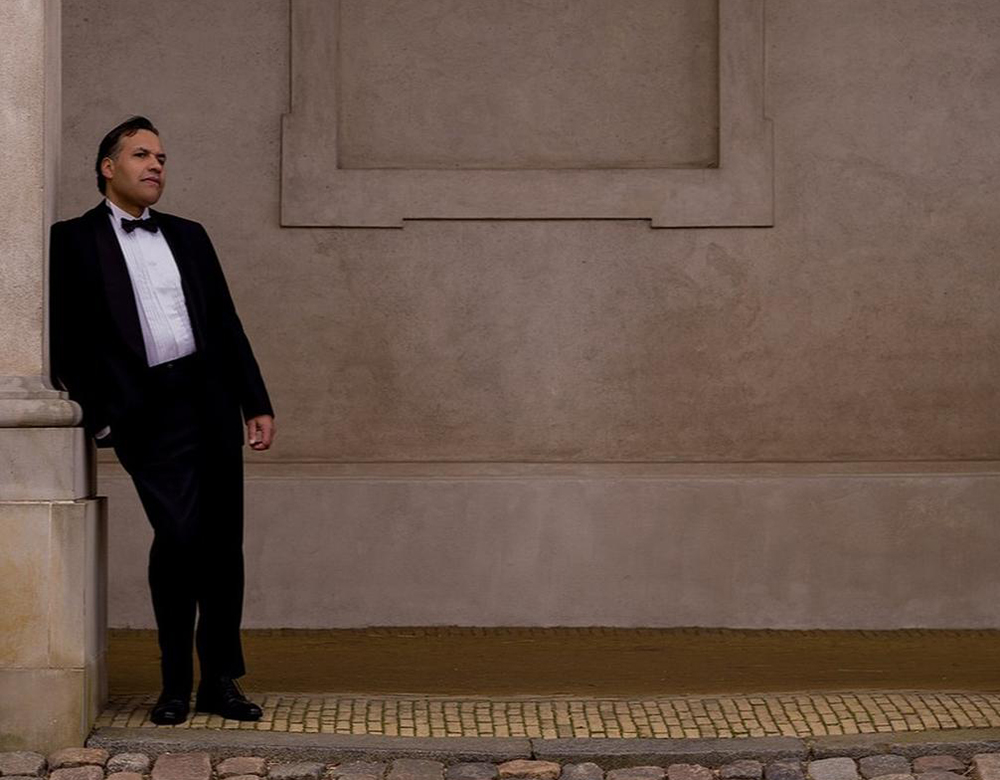 Photographer: Maria Rand
Photographer: Maria Rand
Your work often explores overlooked moments of life — how do you choose which moments to highlight?
I’m drawn to moments that are rarely celebrated in contemporary art — like a grandparent’s pride, the emotional shift in a father realizing his child is queer, or the quiet understanding between siblings. These are moments of deep emotional intensity that often go unnoticed in a world obsessed with speed and spectacle.
How does your background in storytelling influence your sculptural and mixed media work?
I started as a painter, then moved into music, and later writing — all before returning to the visual arts. That sequence is essential because it shaped how I understand narrative. Each sculpture, each piece of mixed media, is part of a larger story. I don’t just create forms — I create characters, conflicts, settings. Even without text, there’s a narrative structure embedded in the materials and composition.
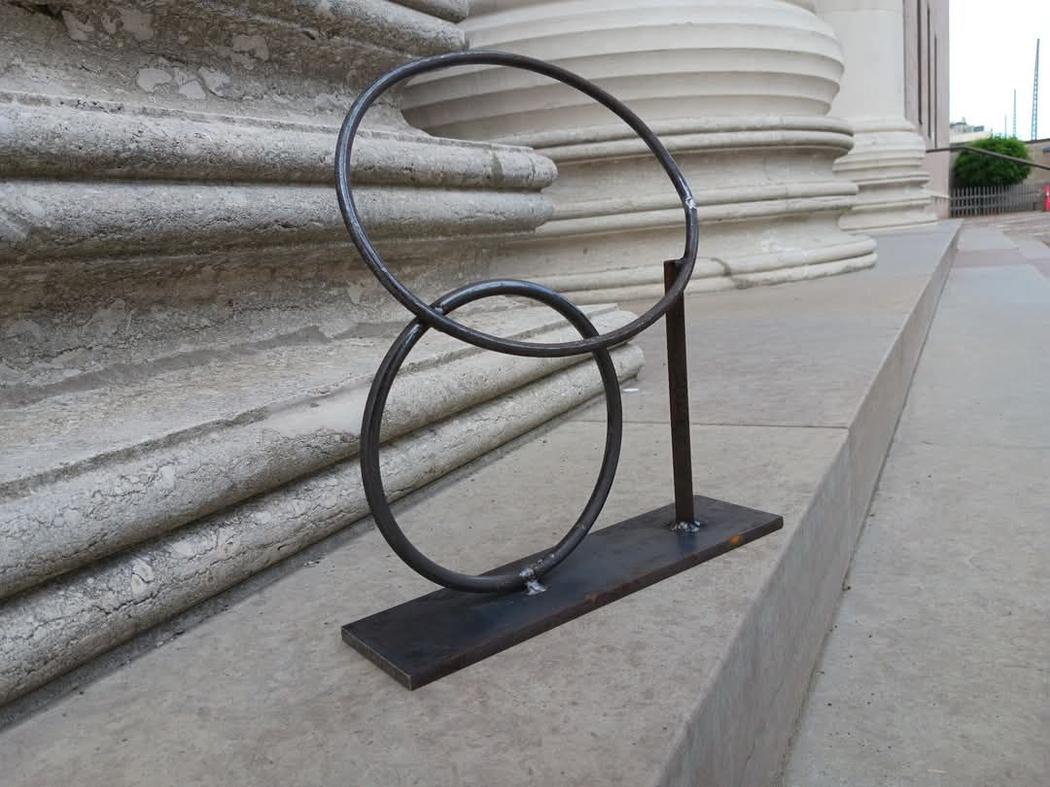
Many of your works feature themes of emotional intimacy and family. Are these inspired by personal memories?
Often, yes. I’m fascinated by what happens behind closed doors. I was raised by a loving but complex father, and I grew up as a rainbow child myself. I don’t see these stories reflected enough in the art world — especially not through sculpture. So I tell them. With honesty and without sentimentality.
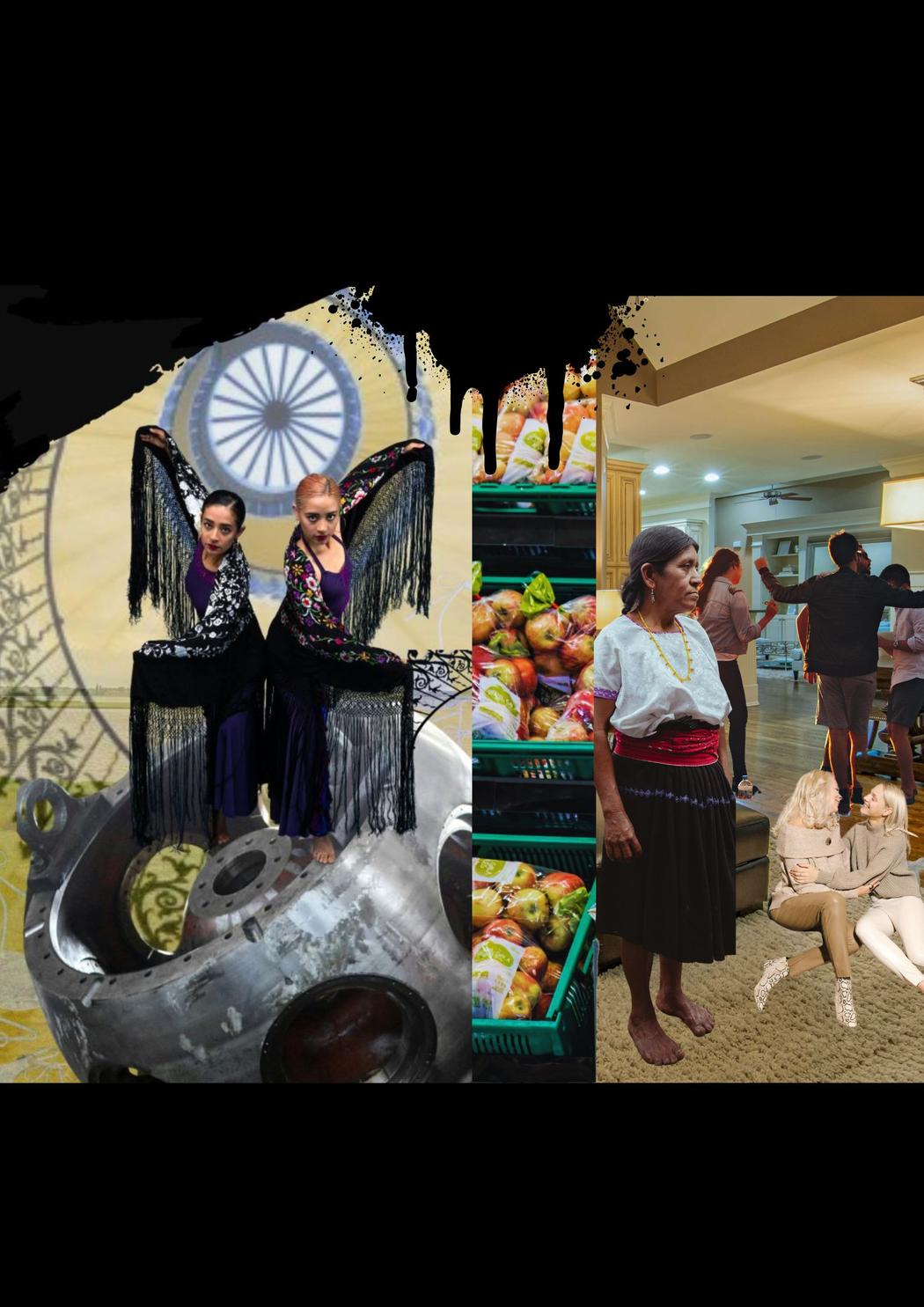
Can you tell us more about your creative process — how do you balance sculpture, painting, and writing?
I live and work in a combined studio apartment, so the materials are always near. I work on sculpture with metal at an external workshop, but everything else — canvases, books, collages — is right at hand. I sketch and plan obsessively, so when I begin a piece, I know exactly where I’m going. It’s not chaotic — it’s more like a composer with a score.
What role does your home-studio setting play in shaping your practice?
It allows for constant immersion. I can wake up and start working within minutes. My bed is in the center of my studio for that reason. There’s no divide between living and creating. That freedom is vital for someone like me who needs total focus. It’s also a practical response to the way I live — as an artist, not as a tenant or guest in my own life.
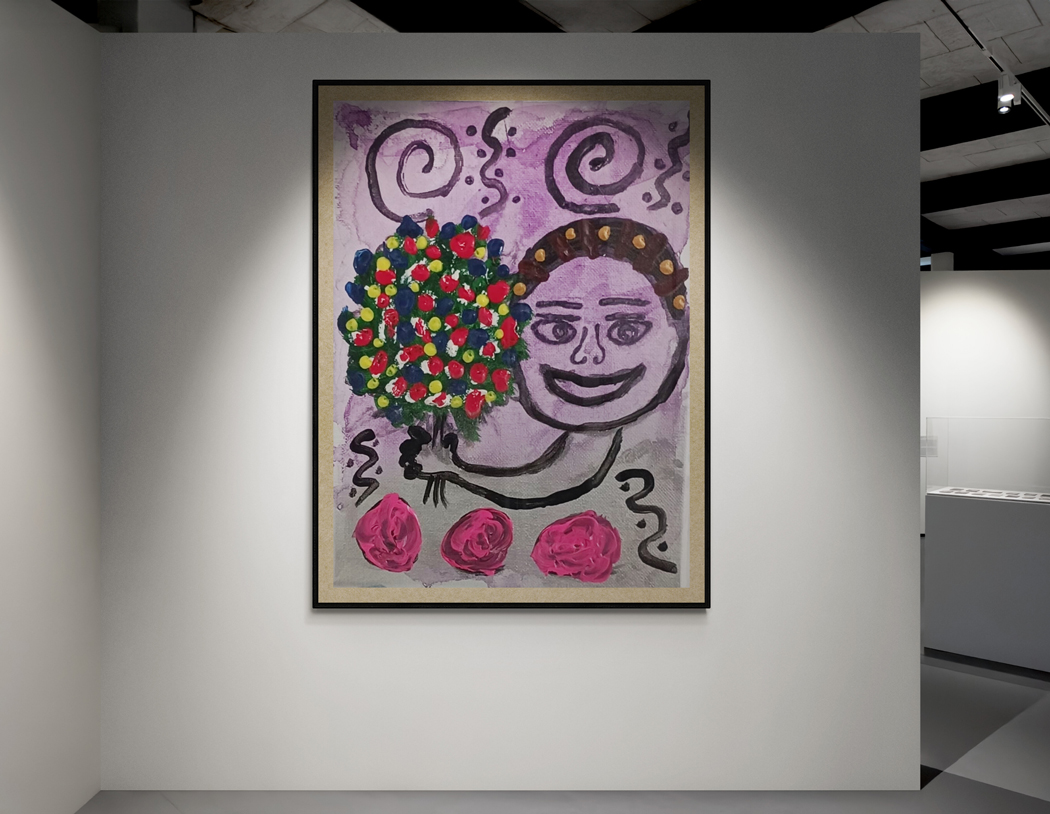 Michael Owino | Bea
Michael Owino | Bea
The contrast in your collages — between beauty and struggle, tradition and modernity — is powerful. What are you trying to communicate through this tension?
Life is contradictory. A father’s joy can sit right next to his grief. Beauty can rise from oppression. My work isn’t about resolution — it’s about coexistence. I’m interested in how we carry contradictions in our bodies and homes and families. And how art can hold those contradictions without smoothing them out.
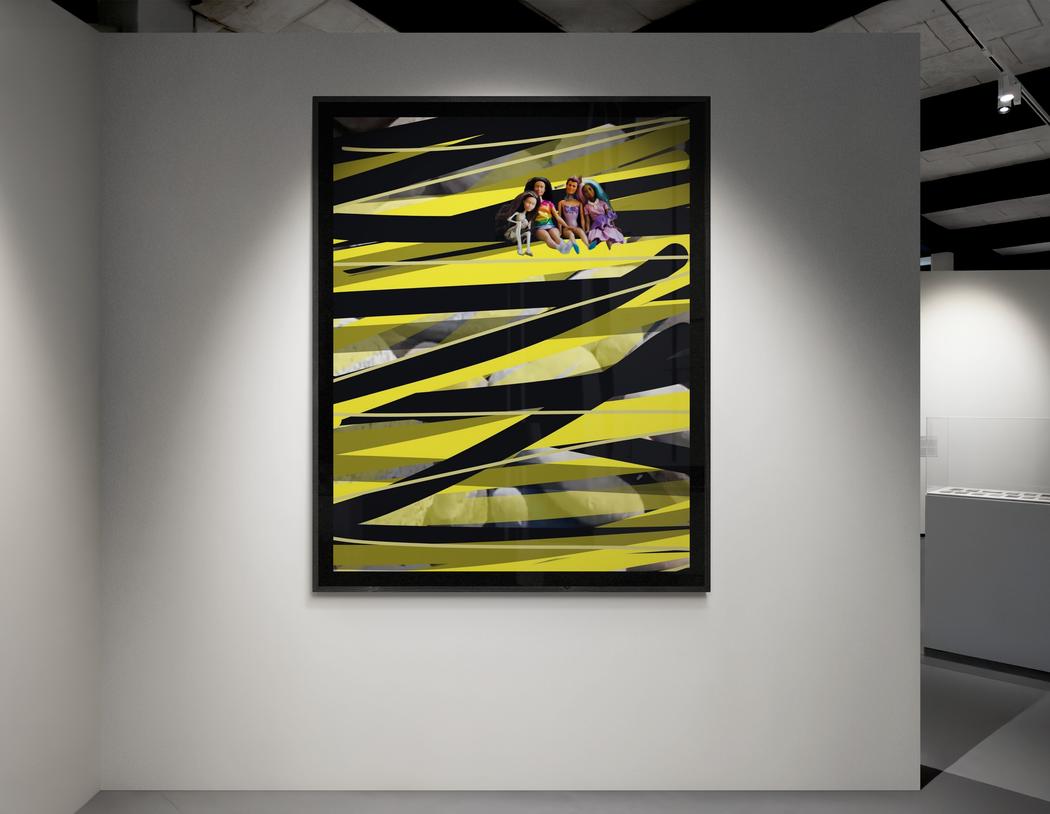 Michael Owino | Sisiters
Michael Owino | Sisiters
Your works are both deeply personal and universally relatable. Do you consciously aim for this duality?
I aim for truth. I believe that if I go deep enough into something personal — a father’s guilt, a child’s liberation, a couple’s bond — it becomes universal. That’s where the power is. Not in making something ‘for everyone’, but in being so precise and honest that others recognize themselves in it.

Leave a Reply
You must be logged in to post a comment.